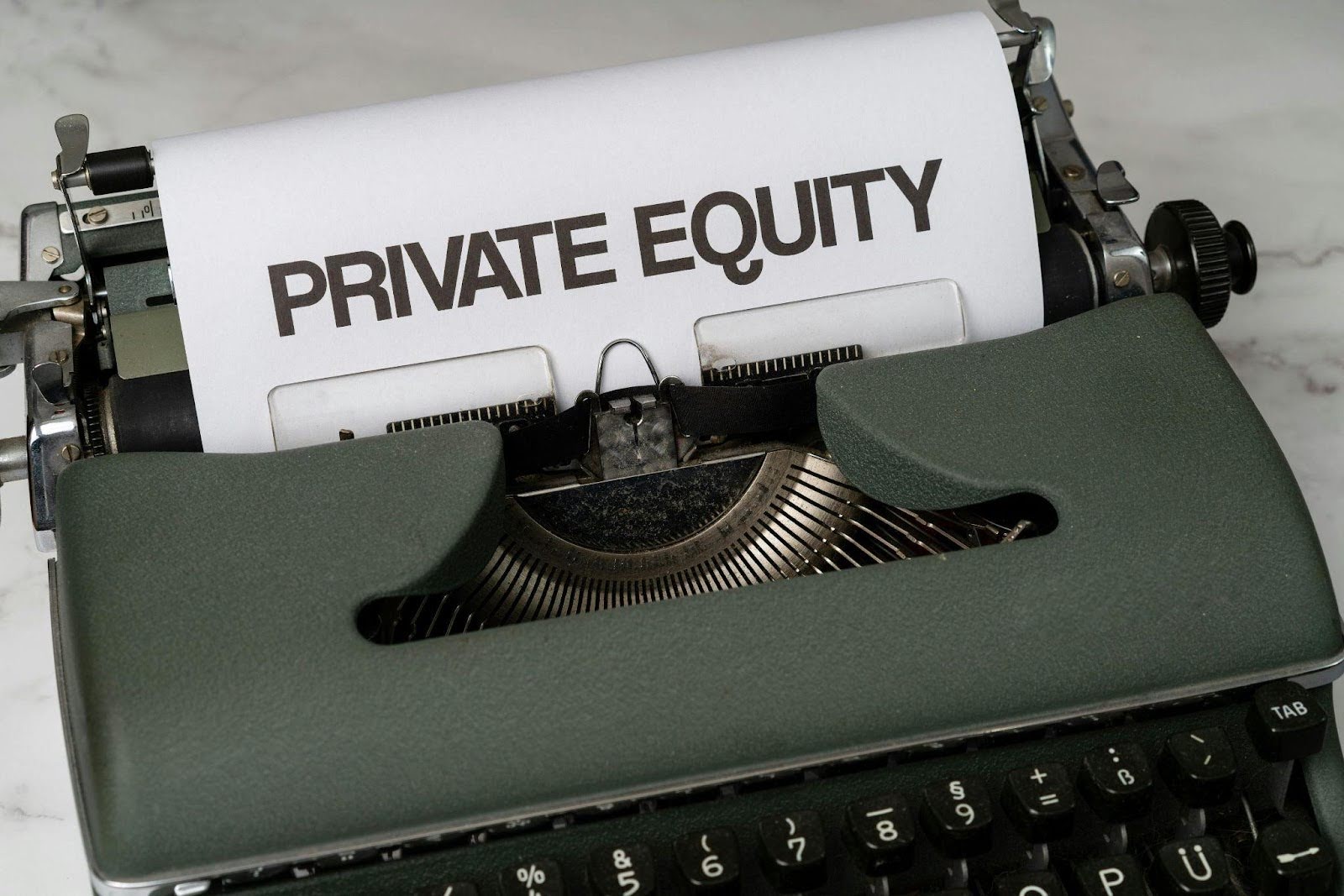
The seller really wants the best price, but the buyer might be cautious about whether the company can grow or retain its customers and key staff as promised. The quality of earnings analysis helps bridge the gap valuation causes so both buyer and seller can easily close the deal.
An earnout is a contract provision in which the seller is entitled to additional pay if they perform according to specific performance standards. In a core concept explanation, earnouts occur in business sales transactions, such as mergers and acquisitions. The key components of earnout agreements include:
Total purchase price: This includes the initial payment plus any earnouts that come from the deal.
Earnout portion: The amount of earnouts typically used in business sales varies, depending on various factors, such as the strength of the seller’s negotiating position or the buyer’s satisfaction following due diligence. In general, the earnout portion is between 10% and 30% of the total purchase price.
Performance metrics: Common performance metrics and triggers are used to establish if the seller is entitled to the additional payout. The common ones are EBITDA, revenue, or a combination of the two.
Linear vs. Ladder or Tiered Earnout: Linear earnout uses simple multiple EBITDA or prices based on achieving set targets. It is thus easier to calculate and, therefore, less probable to dispute.
Earnout period: The total time to complete the earnout payment is typically within one to three years of closing the deal; however, it can sometimes extend to five years.
Earnout agreements involve more than the hard cash payout. You may have to calculate who the dominant players in the company will be and what that will look like inside the earnout deal.
The calculation of the earnout is usually provided in a share purchase agreement, using adjusted EBITDA targets as a benchmark. However, mixing in other metrics in structuring an earnout, such as revenue and profit, can be pretty smart. Earnouts, if the targets are met, usually are paid in cash after a predetermined period, but shares can also be an option.
You will also have to negotiate the contract length and then what the executive is going to do post-acquisition. This business is very much reliant on management and other key employees. When those key employees leave, it could impact the business to satisfy their financial accomplishments. Revenue-based earnouts, EBITDA-based structure, and milestone-based arrangements are the options you can select when structuring your earnout payments.
Whenever a person buys a business, the parties negotiate the terms of the business earnouts agreement, often requiring a step-by-step process explanation. It addresses the purchase price, payment terms, and other terms.
Contingent Payment
In an earnout deal, some of the purchase price is based on the target company’s future performance. This means that the amount paid actually depends on a mutually agreed-upon set of performance criteria.
Performance Metric
The earn-out is tied to specific performance measures. These could be targets such as revenue, profit levels, customer retention, market share, or other key indicators. These metrics are generally assessed over a defined period, often one to three years after the closing date.
Payment Structure
The earn-out payment is structured such that the buyer pays the seller additional compensation if the predetermined metrics are met. The due date and terms of the payments are clearly delineated within the business purchase agreement.
Risk and Reward
Earn-out arrangements come with specific risks and benefits. The buyer bears the risk of the business’s failure to realize the financial statements that would reduce the earn-out, and vice versa. Good performance will increase the seller’s amount beyond what the buyer could have compensated for.
An earnout agreement is beneficial when the buyer and seller cannot mutually agree on the business’s future financial performance or the expected return on shareholders’ investments. It is very typical in fast-growing industries, where revenue and profit are, of course, somewhat unpredictable.
To receive an earnout, the seller must meet or exceed a specific target or milestone. Examples of such targets include financial targets based on revenue, gross margins, or net profit. Some non-financial targets may also exist, such as product market reception, technical milestones attained, financial modeling, and gaining necessary legal requirements within an agreed-upon period after the close date.
Earnouts are agreements in mergers and acquisitions in which part of the sale price is contingent upon the acquired company achieving certain performance milestones after the transaction has closed. This arrangement allows the buyer to mitigate some risk while enabling the seller to receive additional payments if the business performs well.
Earnouts are predefined based on performance indicators like revenue, EBITDA, or profit margins. They are monitored within a predetermined time frame, such as 1 to 3 years, and are related to the payment terms stated in the purchase agreement.
An earnout deal is a type of M&A arrangement in which a buyer pays the seller an upfront sum and an additional payment if the seller achieves specific performance criteria, such as revenue or profit, after the sale.
In earnouts, the risk is divided between both parties: the seller may not receive the whole payment if the targets are not met, while the buyer could end up paying more than expected if the business does perform better than forecast.
M&A earnout structures are an essential part of the overall earnout process. With modern developments in earnout structures, it would be necessary to hire a professional to help. Check out WebsiteClosers.com for great deals!